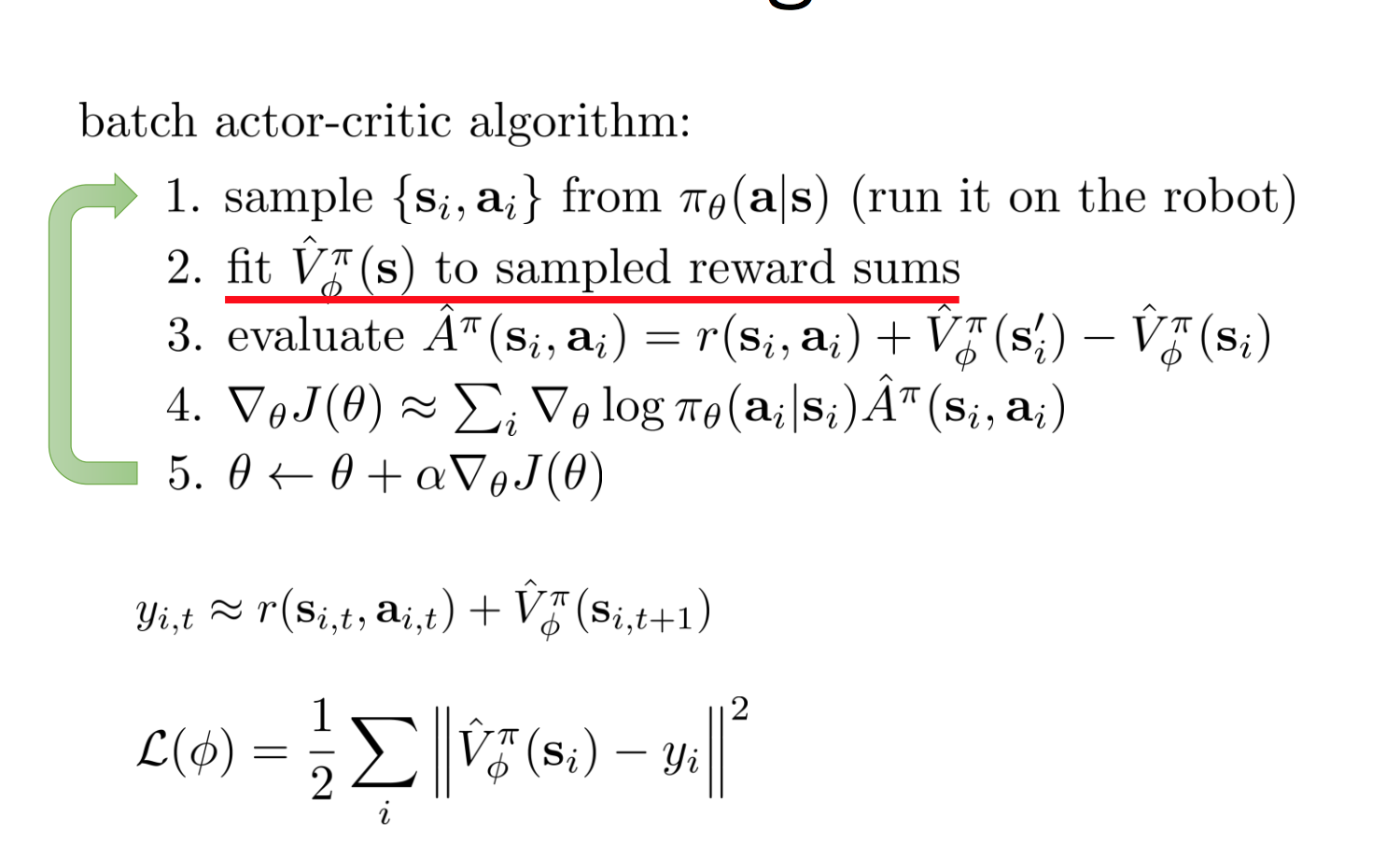Gut Instinct: Creating Scientific Theories with Online Learning
Our intuition is that scientific crowdsourcing will most usefully contribute to domains where science is nascent and/or highly contextual. The human microbiome project is both.
This paper explores the potential of coupling online citizen science with learning materials to create scientific questions.
Example:
Foldit players discovered protein structures that helped scientists understand how the AIDS virus reproduces.
The main contribution of this paper is demonstrating that a crowd of online non-expert learners can collaboratively perform useful scientifc work.
Gut Instinct, which brings together learnes to perform useful collaborative brainstorming on a citizen science project while developing expertise.
Collectively aggregating many people's responses can produce faster, better, and more reliable results - at much larger scale - than lone individuals can, at least errors andd biases are independent events.
Our novel contribution is an explicit integration of learning.
Hypotheses:
Learning improves quality of work on relevant problems.
Working on relevant real-world problems improves learning.
Working while learning improves learners’ en- gagement with the learning material.
